- Your cart is empty
- Continue Shopping
BEVAE-181 AECC ON ENVIRONMENTAL STUDIES in English Solved Question Paper June 2023
AECC ON ENVIRONMENTAL STUDIES
Course Code: BEVAE-181
| Title Name | BEVAE-181 Solved Question Paper June 2023 |
| University | IGNOU |
| Service Type | Solved Question Paper (Soft copy/PDF) |
| Course | BAG |
| Language | English |
| Year | June 2023 |
| Course Code | BEVAE-181 |
| Product | Solved Question Paper (IGNOU) |
1. Who was the chairperson of the committee that submitted the report
titled “Our Common Future” ?
(1) Maurice Strong (2) M. S. Swaminathan
(3) Gro Harlem Brundtland (4) R. K. Pachauri
2. Which one of the following is not human-made environment ?
(1) Orchards (2) Crop fields
(3) Dams (4) Artificial lake
3. United Nations’ Conference on Environment and Development
(UNCED) in 1992 was organised at :
(1) Johannesburg (2) Rio de Janeiro
(3) Stockholm (4) Paris
4. Which one of the following statements related to ecosystem is correct ?
(1) All ecosystems have well defined boundaries.
(2) Ecosystems are self-sustaining because they are well insulated
from outside influences.
(3) An ecosystem having autotrophs and heterotrophs but no
decomposers could be self contained.
(4) Ecosystem represents enormous contrast in size and complexity.
5. In food chain herbivores represent :
(1) Trophic level I (2) Trophic level II
(3) Trophic level III (4) Trophic level IV
6. The large reservoir of sulphur on the earth’s surface is :
(1) Soil and sediments (2) Ocean
(3) Atmosphere (4) Organisms
7. Which one of the following is known as the primary community ?
(1) Mosses (2) Lichen
(3) Grasses (4) Shrubs
8. The predominant predatory bird in desert ecosystem is :
(1) Calotes versicolor (2) Uromastyx hardwickii
(3) Rhacophorus malabaricus (4) Gyps bengalensis
9. The unattached organism in an aquatic ecosystem which lives at the
interface of air-water is known as :
(1) Neuston (2) Nekton
(3) Plankton (4) Benthos
10. In ocean ……… zone is shallow and rich in species with high
productivity.
(1) Littoral (2) Neritic
(3) Pelagic (4) Benthic
11. Which one of the following forests has the most diverse communities ?
(1) Coniferous forest (2) Temperate evergreen forest
(3) Tropical rainforest (4) Sub-tropical rainforest
12. Loss of water in vapour form from the plant is known as :
(1) Condensation (2) Sublimation
(3) Evaporation (4) Transpiration
13. Which one of the following is an economic impact of drought ?
(1) Conflict between water users
(2) Loss of crop
(3) Erosion of soils
(4) Shortages of food
14. The type of soil found in the Deccan Malwa plateau of Western and
Central India is :
(1) Black soil (2) Red soil
(3) Laterite soil (4) Alluvial soil
15. Which one of the following is not a major cause of land degradation ?
(1) Deforestation (2) Overgrazing
(3) Development of watershed (4) Agricultural mismanagement
16. Which one of the following statements about the tropical rainforest is
not correct ?
(1) It covers less than 7% of the earth’s land surface.
(2) It accounts for more than 50% of all known species.
(3) About 62% of all known plants are found in these rainforests.
(4) The rainforests are only found around Amazon and Nile basin.
17. It has been estimated that India needs ………. percentage area under
forest to meet the ecological and economic needs.
(1) 30 (2) 50
(3) 33 (4) 25
18. NTFP stands for :
(1) New Timber-based Forest Product
(2) Non-Timber-based Forest Product
(3) Natural Timber-based Forest Product
(4) New Timber-based Forest Programme
19. Which one of the following diversity is known as the “fundamental
currency of diversity” ?
(1) Genetic diversity (2) Species diversity
(3) Ecosystem diversity (4) Both genetic and species diversity
20. Which one of the following biogeographic zone covers the largest area in
India ?
(1) The Himalayas (2) The Deccan peninsula
(3) The Gangetic plain (4) The coasts
21. About two thirds of India’s endemic plants are confined to :
(1) The Indian desert (2) The Himalayas
(3) The Islands (4) The Western Ghats
22. Which one of the following is not true about India as a mega
biodiversity country ?
(1) India has ten biogeographic regions.
(2) India is one of the 12 centres of origin of cultivated plants.
(3) India has 6 hotspots out of 34 global biodiversity hotspots.
(4) India has two major realms and three biomes.
23. In India the first wave and tidal energy project was set up at :
(1) Vizhinjam in Kerala
(2) Hansthal Creek in Gujarat
(3) Sunderbans in West Bengal
(4) Chennai in Tamil Nadu
24. Which one of the following sources contributes maximum electricity in
India ?
(1) Hydropower (2) Oil
(3) Coal (4) Natural gas
25. Which one of the following source of energy is used maximum in rural
India ?
(1) Coal (2) Biogas
(3) Solar (4) Biomass
26. Maximum population that can be supported by the resources of the
planet at a given level of technology is known as :
(1) Technological carrying capacity
(2) Social carrying capacity
(3) Biophysical carrying capacity
(4) Sustainable carrying capacity
27. Which one of the following is an example of selective destruction of
species ?
(1) Passenger pigeon (2) Great Indian Rhinoceros
(3) Salmon (4) Sea gulls
28. Which one of the following is an invasive species in the semi-arid areas
of India ?
(1) Golden apple snail (2) Congress grass
(3) Mesquite (4) Water hyacinth
29. Which one of the following is not an ex-situ conservation of
biodiversity ?
(1) Seed Bank (2) National Parks and Sanctuaries
(3) Botanical Gardens (4) Zoological Parks
30. Match the following :
Wetlands States
(a) Sunderbans (i) Punjab
(b) Harike (ii) Rajasthan
(c) Chilka (iii) West Bengal
(d) Bharatpur (iv) Odisha
Codes :
(1) a-i, b-ii, c-iii, d-iv (2) a-iv, b-iii, c-i, d-ii
(3) a-iii, b-i, c-iv, d-ii (4) a-ii, b-i, c-iii, d-iv
31. Which one of the following is a non-point source of pollution ?
(1) Sewage treatment plants
(2) Gases coming out of chimneys
(3) Pollutants discharge through tunnels
(4) Agricultural runoff
32. Which one of the following is not a natural pollutant ?
(1) Pollens and volatile organic compounds from plants
(2) Sulphur dioxides from volcanic eruption
(3) Smog
(4) Particles from wild fires
33. The full form of TDS stands for :
(1) Total Dissolved Substances
(2) Total Dissolved Solids
(3) Total Dissolved Solutions
(4) Total Dissolved Solvents
34. Decibel-A (db A) measures :
(1) Pitch of the sound
(2) Pressure of the sound
(3) Pitch and intensity of the sound
(4) Pitch and pressure of the sound
35. Which one of the following is not a characteristic of hazardous waste ?
(1) Pungent odour (2) Ignitability
(3) Radioactivity (4) Toxicity
36. Which one of the following is a physical treatment of hazardous waste ?
(1) Conditioning (2) Lagooning
(3) Digestion (4) Composting
37. Which one of the following methods is generally used when many
industries and urban areas do not have enough vacant space for
disposal of wastes ?
(1) Undergrouond disposal
(2) Dumping at sea
(3) Incineration
(4) Both underground disposal and dumping at sea
38. The Inter-Governmental Panel on Climate Change (IPCC) was
established in :
(1) 1985 (2) 1986
(3) 1987 (4) 1988
39. Maximum concentration of ozone is found in :
(1) Troposphere (2) Stratosphere
(3) Mesosphere (4) Ionosphere
40. Which one of the following is not an effect of acid rain ?
(1) Increase in temperature of the earth’s surface
(2) Detrimental effects on crops and forest
(3) Heart and lung problems
(4) Affects aquatic plants and animals
41. Earth Summit, 2002 was organised at :
(1) Rio de Janeiro (2) Stockholm
(3) Johannesburg (4) Paris
42. In which of the following cities, one of the zonal branches of National
Green Tribunal is located ?
(1) Mumbai (2) New Delhi
(3) Hyderabad (4) Bhopal
43. Which one of the following Articles in the constitution of India states
that “The state shall endeavour to protect and improve the
environment and safeguard the forest and wildlife of the country” ?
(1) Article 51 A (2) Article 48 A
(3) Article 52 A (4) Article 47 A
44. The major factors responsible for the increase in population between
10,000 B. C. and about 1800 A. D. was largely due to :
(1) Increasing birth rates coincided with the growth of agriculture
(2) High birth rate and low death rate
(3) High birth rate coinciding with the industrial revolution
(4) Industrial revolution, urbanisation and better health care service
leading to low death rate.
45. Which one of the following diseases cannot be regarded entirely as
genetic ?
(1) Thalassemia (2) Haemophilia
(3) Schizophrenia (4) Sickle-cell anaemia
46. Match the following :
Types Hazards
(a) Atmospheric (i) Pest invasions
(b) Biological (ii) Landslides
(c) Geological (iii) Heat wave
(d) Hydrological (iv) Floods
Codes :
(1) a-i, b-ii, c-iii, d-iv (2) a-iv, b-iii, c-ii, d-i
(3) a-iii, b-i, c-ii, d-iv (4) a-iii, b-iv, c-i, d-ii
47. Silent valley is located along the river :
(1) Periyar (2) Vaigai
(3) Tungabhadra (4) Kunthi
48. Which one of the following is not a factor for the creation of new set of
environmental ethics ?
(1) New effects on nature
(2) Advancement in science and technology
(3) Expanding moral concern
(4) New knowledge about nature
49. Who wrote the essay on “The Land Ethics” ?
(1) Aldo Leopold (2) Rachel Carson
(3) Vandana Shiva (4) Gro Harlem Brundtland
50. Which one of the following statements is false ?
(1) Real life situations bring people closer to the environment.
(2) Ministry of Environment, Forest and Climate Change, Government
of India has created an information system called ENVIS.
(3) Environmental Engineering does not include subjects like civil
engineering and architecture.
(4) Industrial Toxicology Research Centre, Lucknow is one of the
ENVIS centres.



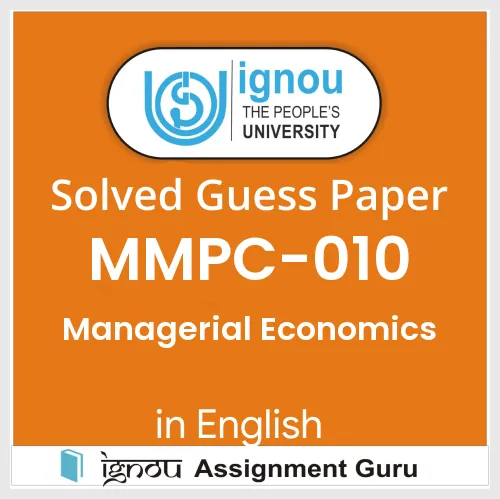
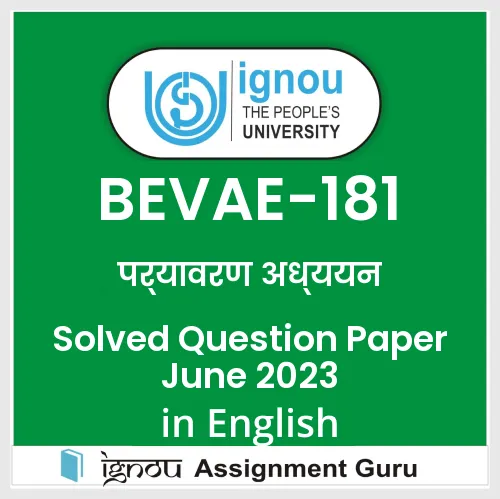
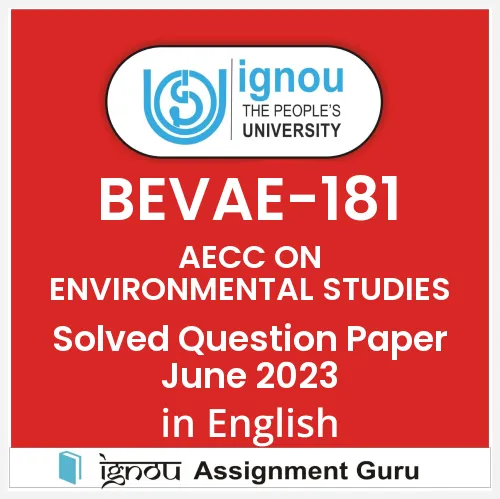
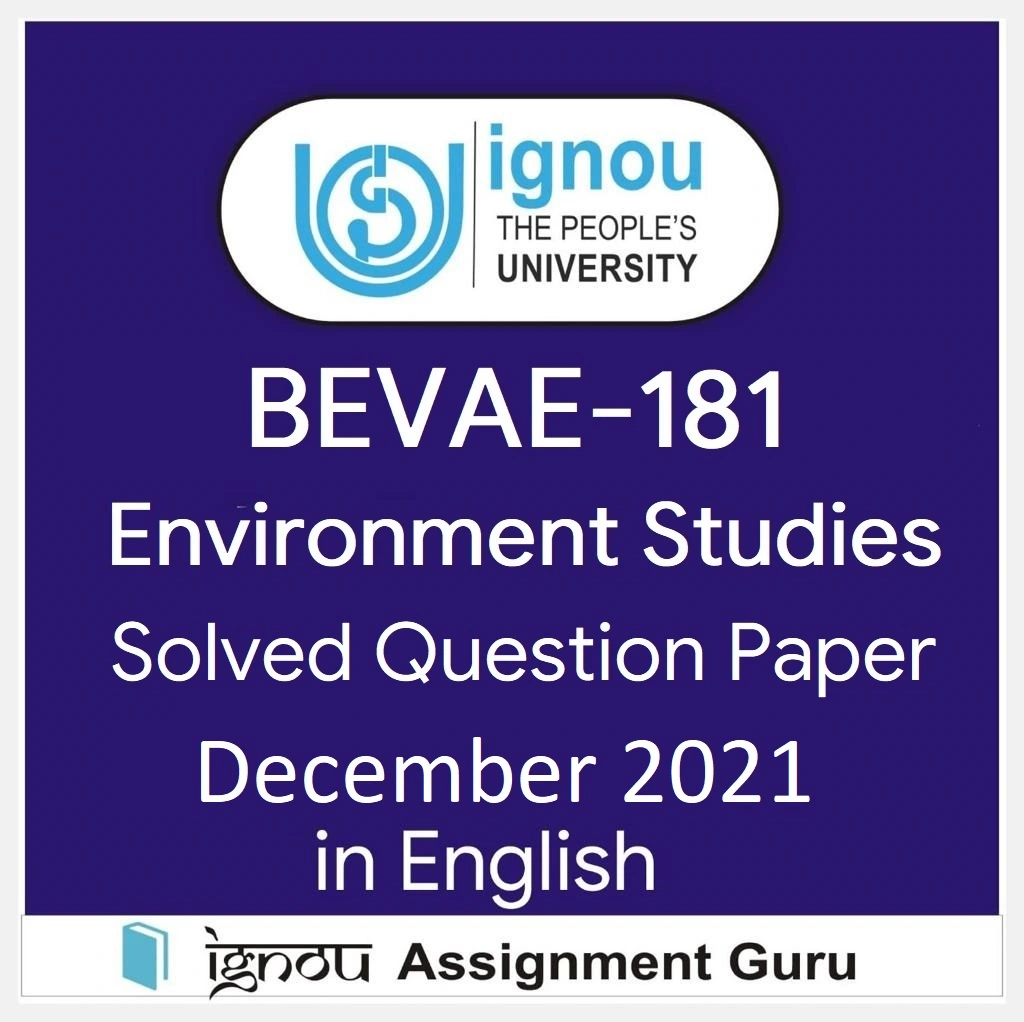
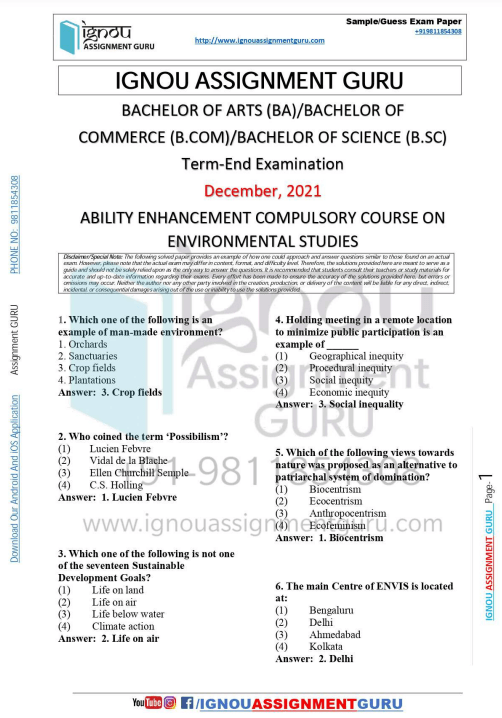
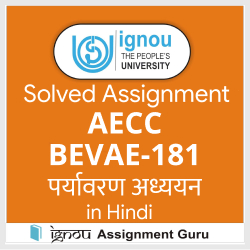


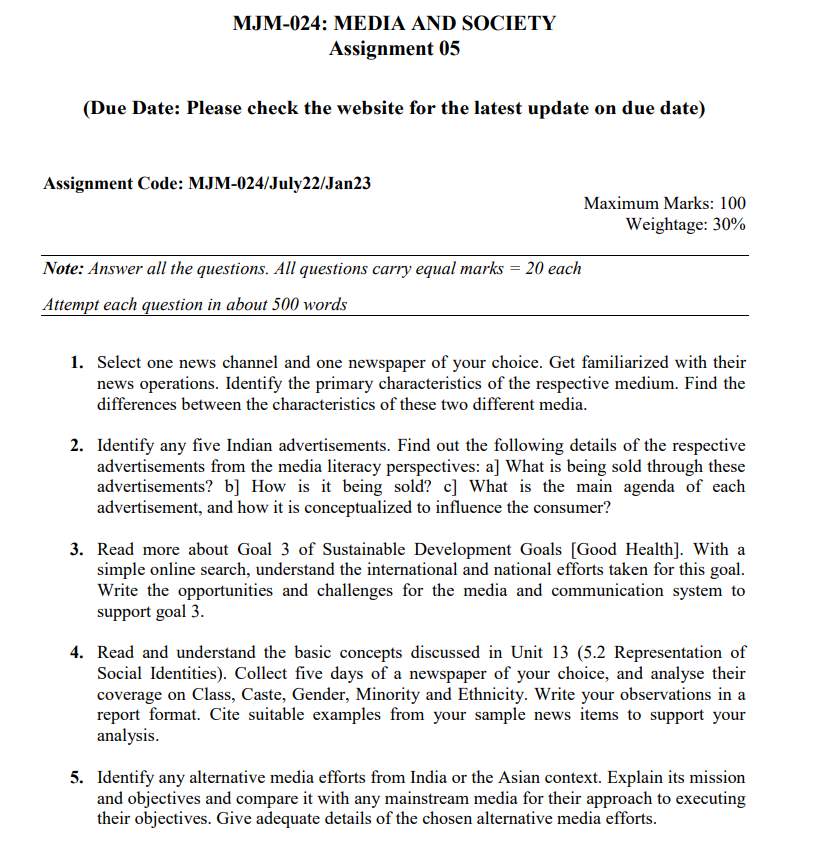


Reviews
There are no reviews yet.